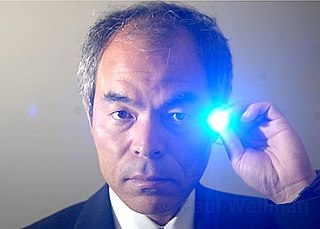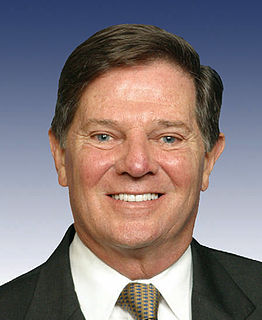A Quote by Peter Diamandis
The automotive X Prize, to a great degree, is focused on addressing petroleum usage and carbon emissions.
Quote Topics
Related Quotes
Kyoto is likely to yield far less than the targeted emissions reduction. That failure will most likely be papered over with creative accounting, shifting definitions of carbon sinks, and so on. If this happens, the credibility of the international process for addressing climate change will be at risk.


































